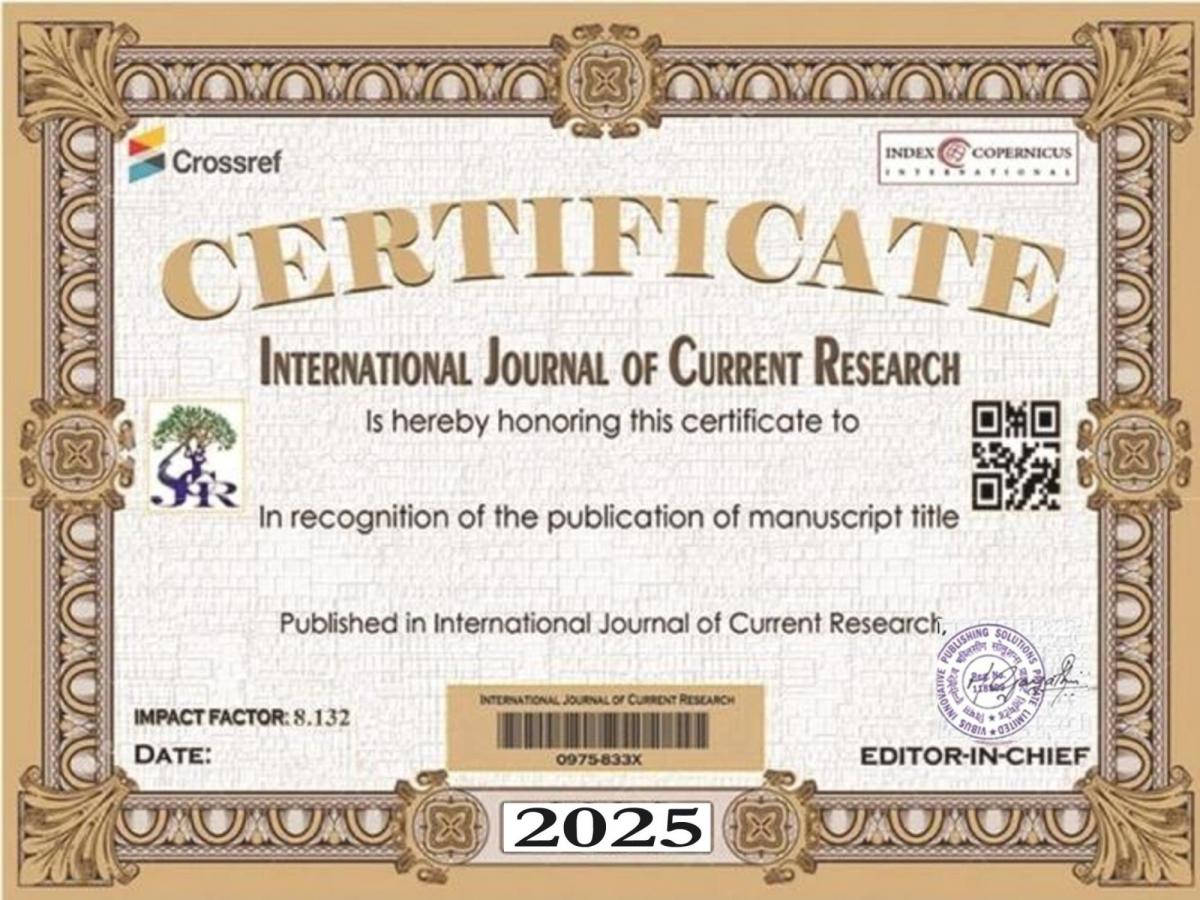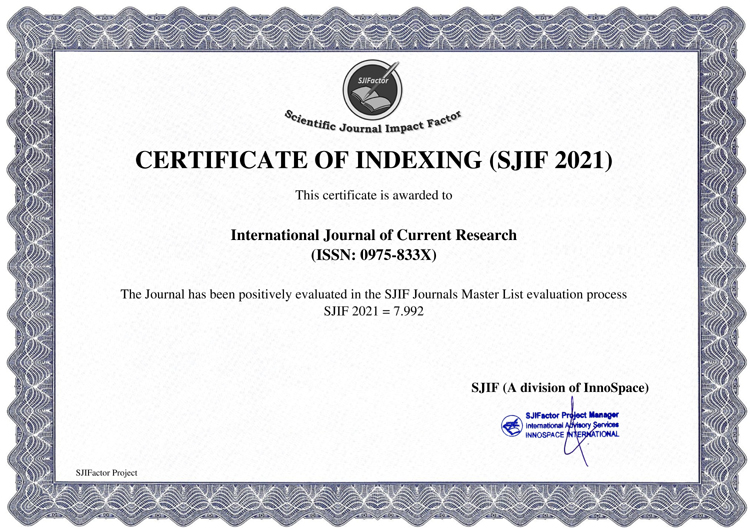Earthworms play a pivotal role in organic waste management and soil fertility enhancement through their burrowing and feeding activities. Among various parameters influencing their efficiency in vermicomposting, reproductive potentialparticularly sperm characteristics serves as a key indicator of species fitness and adaptability to specific substrate environments. This study investigates the impact of different compost mixtures on sperm concentration, viability, and morphology in two commonly used vermicomposting earthworm species: Eisenia fetida and Perionyx excavatus. Three compost treatments were prepared using combinations of cow dung and sugarcane bagasse (T1), Horse dung and sugarcane bagasse (T2), and a mixture of both cow and horse dung with sugarcane bagasse (T3), along with a control group reared in garden soil (T0). Sperm were isolated from mature clitellated individuals after a 60-day rearing period under controlled conditions. Sperm parameters were assessed using standard hemocytometric and viability staining techniques, while morphological abnormalities were evaluated microscopically. Results indicated a significant variation in sperm count and viability across treatments, with the highest sperm concentration and viability observed in the T3 group, followed by T1 and T2. The control group showed the lowest values. Notably, Perionyx excavatus consistently exhibited higher reproductive indices than Eisenia fetida under identical composting conditions. Statistical analysis confirmed that substrate composition significantly influences sperm physiology, suggesting that mixed dung substrates optimize the reproductive environment for earthworms (p < 0.001). These findings highlight the relevance of sperm analysis as an early indicator of reproduction and compost efficiency in earthworms. The study contributes to the growing understanding of substrate-dependent reproductive modulation and offers practical implications for optimizing vermiculture systems through tailored compost formulations.





